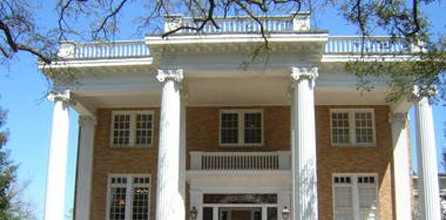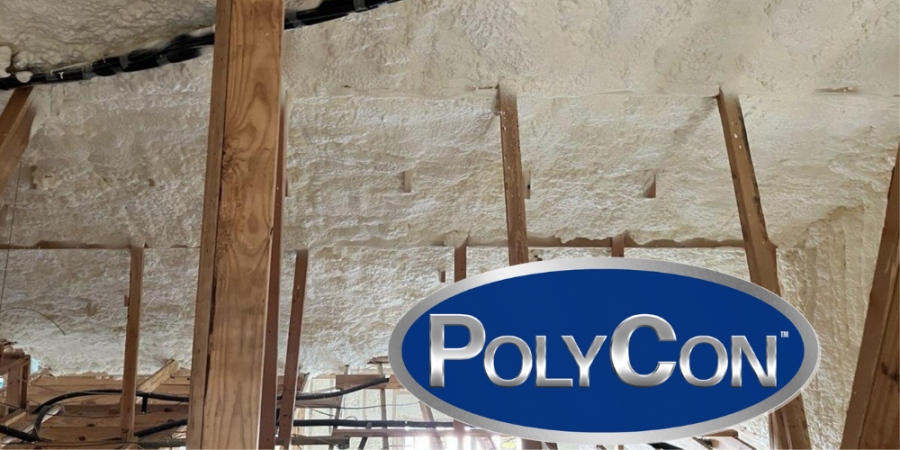1880's New Orleans Home Restored Using Spray Foam

NEW ORLEANS, LA - July 20, 2011 - After New Orleans suffered through the destruction caused by Hurricane Katrina, a large number of the city's historic homes and buildings were in need of major repairs. The heavy rains, flooding and severe winds wreaked havoc on the city's infrastructure and buildings. As a result, a wave of hundreds of remodeling and renovation projects went underway to homes and buildings affected by Katrina.
Sitting at 210 Amelia Ave. in the heart of New Orleans stands the home of Craig and LIsa Buckley. The Buckley's were the first family to live in the large house in the 1880s. The home is emblematic of many classic New Orleans homes, with large white columns supporting a massive front porch and French influence evident in its design. In the 1920s, the house was then given to the Maness family who then owned and lived in the home for the next 88 years. By 2008, however, the home had fallen into complete and total disrepair.
In 2008, Tom Harlan, a local contractor, bought the home from Ike Maness for a greatly reduced price and began plans to maintain the historic integrity of the home while giving adding a 21st century touch. "The longer I looked at this ugly duckling on the street, the more I knew I had to do something about it," Harlan affirmed.
As someone who likes a challenge, Harlan said the house appealed to him because he knew he'd be able to restore it to its original glory after he toured it. "I started poking around and found many of the architectural elements, like spindles for brackets and such under the house. It was a no-brainer for me to take it on," he said.
Harlan spearheaded the renovations on the home, using his expertise to ensure all remodeling work was done to the highest standard. One of the most important tools he used during the process was spray foam insulation, he asserts. "We took all of the restored architectural elements, things dear to historians, and returned them to their original places on the house, and I decided to see how energy-efficient I could make an old house in the process," he said.
Spray foam was critically important to boosting the home's energy efficiency and served as the perfect tool to use on an historical home, Harlan stated, "We went forward with spray foam in the roof line of the attic, open walls and on the raised underside. We installed a tankless hot water heater and Energy Star windows where possible."
The energy efficiency measures have so far resulted in a reduction in utility bills from hundreds of dollars each month to well under $100. Harlan sold the home in 2010 after he completed many of the renovations and the new owners have added some of their own improvements, using spray foam kits and cans to shore up the areas around windows, doors and the foundation.
"Working on this old house was very enjoyable even though time-consuming. I've been working as a contractor for over 20 years. I try to pick projects that are special and historically significant," Harlan affirmed. With spray foam and other energy efficiency upgrades, he was not only able to bring the home's utility costs way down, but also to maintain its historical integrity.
Disqus website name not provided.









































